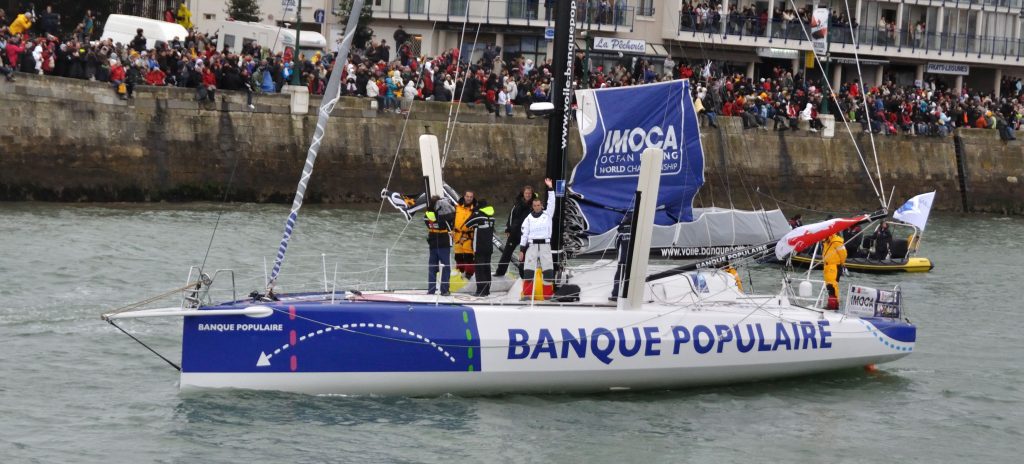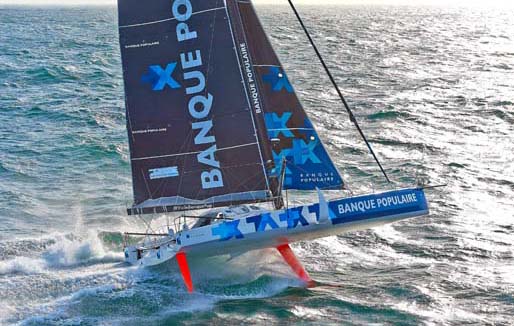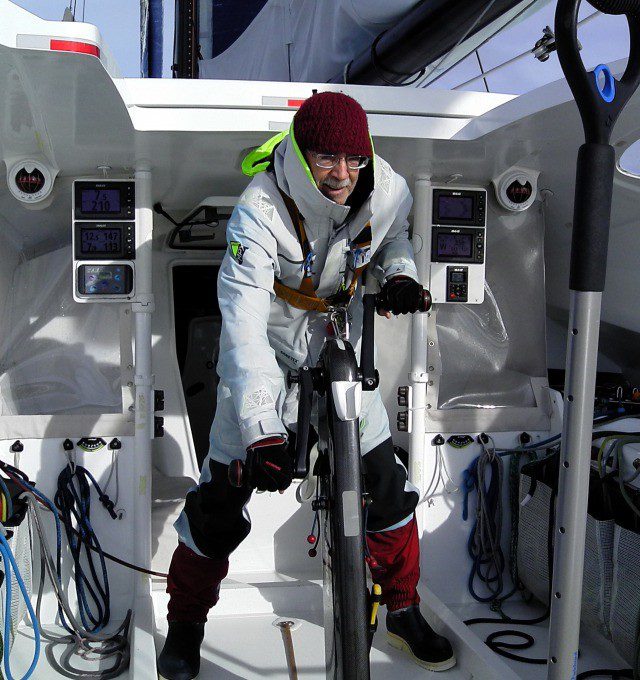The Vendée Globe.
The list of competitors for 2024/2025 Vendée Globe has been published with a record 40 boats out of the 55 skippers who gave their intention to compete in 2022 qualifying. The competition is not open to IMOCA 60 boats older than the 2008 generation.
Le Vendée Globe is a solo round-the-world race in monohull sailboats of the 60-foot IMOCA type. Many sailors participate in this race, and the Vendée Globe is one of the most challenging endeavours that can be undertaken at sea. A competition so extreme and epic that few sailors dare to try. For the participant, the Vendée Globe is a solo race around the planet.
Why is it so extreme? Well, perhaps because the sailors will spend three months alone, facing some of the planet’s coldest and most dangerous seas. The race was created in 1989 by Philippe Jeantot, who aimed to resume the program of the Golden Globe Challenge, a mythical race which took place only once in 1968.

The Vendée Globe occurs every four years. The tenth edition will take place in 2024 and start from Sables D’Olonne in Vendée in Pays de la Loire region. The race begins in November, so the runners cross the strongest seas in the Southern Hemisphere during the summer and return three to five months later. Armel Le Cléac’h holds the record set during the 2016-2017 race by making the trip in 74 days, 3 hours, 35 minutes and 46 seconds. The slowest competitors can take more than twice this time.
It’s definitely not a race around the bay. The participants sail non-stop, night and day, without assistance. Sometimes boats and sailors are separated. A few of the most daring sailors have lost themselves in the ocean’s immensity. Since its inauguration in 1989, three competitors have lost their lives, including some tipped to win. The Vendée Globe delivers the unexpected.
One of the most significant factors in this competition is the boats. Some boats use “foils” (a blade) to skim the sea’s surface at speeds of up to 48 km/h. You must pay a high price to reach this speed: infernal noise. The latest generation is so advanced that sailors can go crazy from the noise. Yachtsmen and women who race these vessels must wear headphones to protect their ears and sanity.

Initially, The Vendée Globe brought together a few sailors seeking adventure and racing unsophisticated yachts developed with limited resources. From edition to edition, the race is gaining in popularity. It now attracts the most professional ocean racers with significant budgets.
There will be memorable moments, one of which will be the crossing of the equator as the sailors travel from the Northern to the Southern Hemisphere. The most challenging leg of the race occurs at the latitude of the Roaring Forties off the Falkland Islands and then the Howling Fifties. These regions are permanently swept by powerful seas because no land blocks the waves.
Some interesting facts and figures.
French navigators dominate the Vendée Globe. There have been 9 editions since the race’s 1989 inception. 198 competitors have started from Sables d’Olonne, 114 have finished the course.127 of the starters, and all 9 winners are French.
Great Britain has the next largest contingent of sailors, with 26 representing their nation, followed by 10 from Switzerland and 6 from Spain. 5 competitors from the USA and 3 from Canada represented their countries. However, in each case, 1 racer had dual nationality, effectively making the count 4.5 and 2.5, respectively.
The 1st edition in 1989/1990 had 13 starters, gradually increasing until the 9th edition saw 33 yachts leave Sables d’Olonne.
The youngest competitor to take part is 23-year-old Swiss sailor Alan Roura who finished 17th out of 33 starters taking 95 days in the 2020/2021 race. The most senior at 66, American Rich Wilson, twice competed. The first was in 2008/2009. He finished 9th of 30 starters after 121 days, and the second was in 2016/2017 when he was placed 13 of 24, taking 107 days.

The first yachtswomen competed in the 3rd edition in 1996/1997; since then, 15 women have started, and 10 have finished. A start-finish percentage of 67% compared to the men’s 57% (183 start/104 finish)



